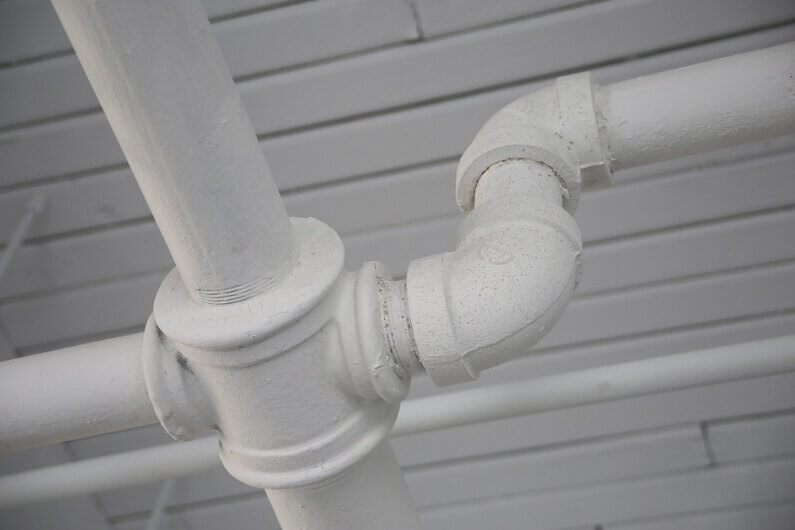Trenchless water pipe replacement strategies are revolutionizing the way water supply networks are upgraded and maintained. Traditional methods often involve extensive excavation, disruption to the surrounding environment, and significant downtime for water service. In contrast, trenchless technologies offer efficient and minimally invasive solutions that reduce costs, minimize environmental impact, and ensure uninterrupted water supply. Let’s delve into some key trenchless water pipe replacement strategies that are enhancing water supply networks.
Horizontal Directional Drilling HDD – HDD is a trenchless method used to install new pipes or replace existing ones without the need for open trenches. It involves drilling a horizontal hole underground and then pulling the new pipe through the hole. HDD is particularly useful in urban areas where space is limited or where surface disruption must be minimized. This method reduces the need for extensive excavation, resulting in faster project completion and reduced disruption to traffic and communities.

Pipe Bursting – Pipe bursting is another trenchless technique used for replacing old or damaged pipes with new ones. In this method, a bursting head is inserted into the existing pipe and pulled through it, breaking the old pipe apart while simultaneously pulling the new pipe into place. Pipe bursting is effective for various pipe materials, including clay, concrete, and PVC, making it a versatile solution for water pipe replacement projects.
Cured-in-Place Pipe CIPP Lining – CIPP lining involves inserting a flexible liner coated with resin into the existing pipe. The liner is then inflated and cured in place, creating a seamless, durable new pipe within the old one. This method is especially beneficial for rehabilitating deteriorated pipes, reducing the need for excavation and restoring structural integrity without the cost and disruption of complete pipe replacement.
Slip Lining – Slip lining is a trenchless technique that involves inserting a smaller-diameter pipe line into the existing pipe. The liner acts as a new conduit for water flow, effectively repairing leaks, reducing corrosion, and improving hydraulic performance. Slip lining is often used in situations where the existing pipe is structurally sound but requires rehabilitation or resizing to meet current demands.
The trenchless water pipe replacement offers numerous advantages for water supply networks:
- Reduced Disruption – Trenchless methods minimize surface disruption, traffic congestion, and disturbance to communities, leading to less inconvenience during construction.
- Cost-Effectiveness – By eliminating the need for extensive excavation, trenchless techniques reduce labor, material, and restoration costs associated with traditional pipe replacement methods.
- Environmental Benefits – Trenchless technologies reduce soil disturbance, preserve vegetation, and minimize the risk of soil erosion and sedimentation, promoting environmental sustainability.
- Faster Project Completion – The efficiency of trenchless methods results in shorter project timelines, allowing water supply networks to be upgraded and maintained more quickly and efficiently.
Vanrite plumbing trenchless sewer repair in Green Bay strategies are transforming the way water infrastructure is managed, offering efficient, cost-effective, and environmentally friendly solutions that enhance the reliability and resilience of water supply networks. Incorporating these innovative techniques into infrastructure projects can lead to significant improvements in system performance and long-term sustainability.